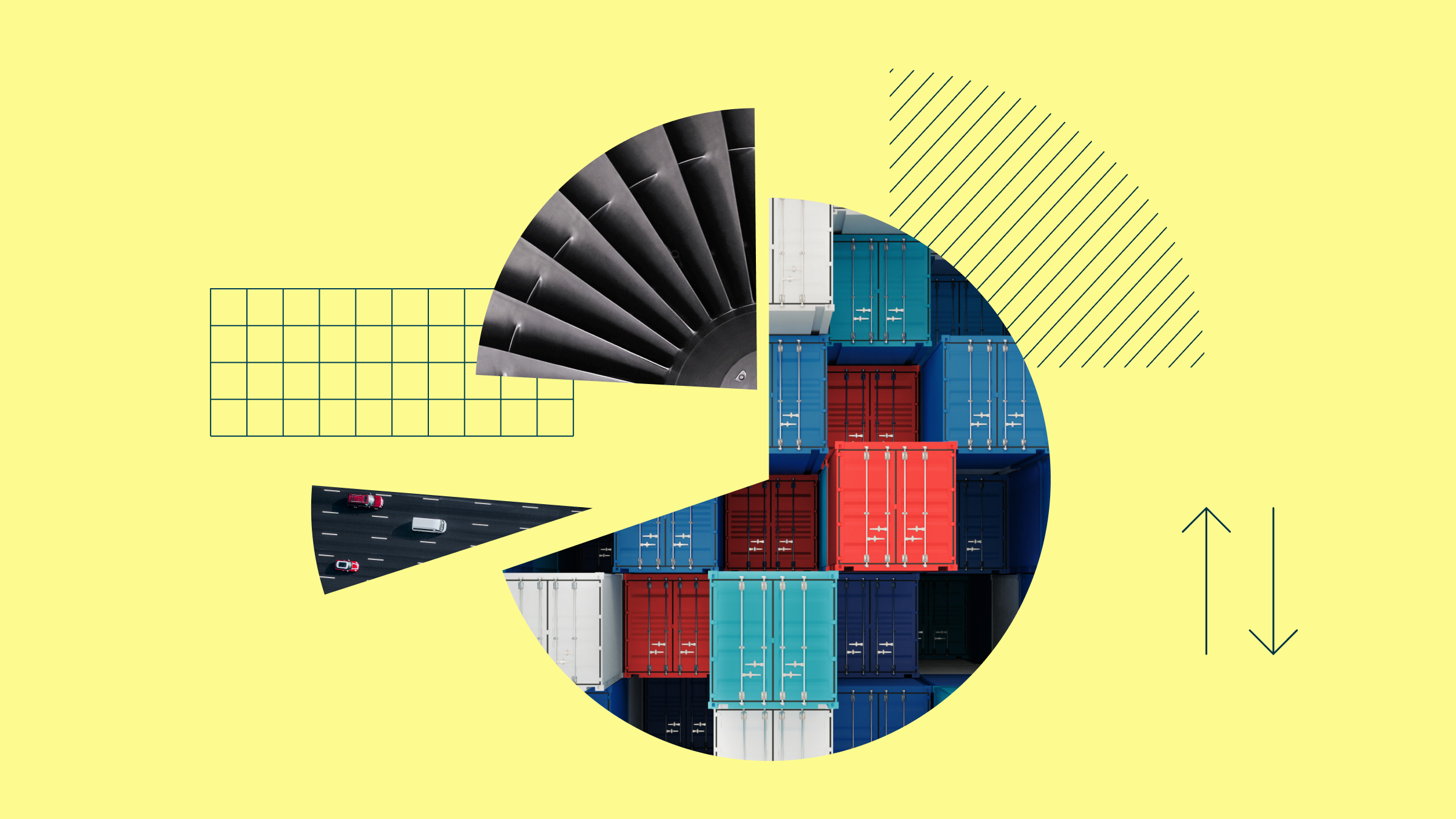Rolle im Portfolio
The iShares EURO Dividend ETF provides equity exposure to 30 of the Eurozone’s highest dividend yielding stocks. The index correlated 97% with the EURO STOXX 50 Index over the last three years; hence diversification benefits appear limited.
Given the underlying index’s well-diversified exposure across countries and sectors, the ETF may be best deployed as a core holding within a well diversified portfolio.
Moreover, the ETF is also a suitable option for those investors seeking an income generating investment. As of this writing the fund’s dividend yield was 3.9%. As the dividend yield is a function of the fund’s price, this figure can vary quite extensively over time.
Because this fund’s benchmark index weights constituents by dividend yield, not by market capitalisation, investors won’t necessarily find the largest and most stable companies among its top holdings. The largest component stock of the EURO STOXX Select Dividend 30 Index is Belgacom, representing 6.6% of the index’s value. Banco Santander (6.3%) and Orange (6.2%) and complete the top three holdings. By way of comparison, Belgacom is not a component of the EURO STOXX 50 Index, whereas Orange represents a small portion of the value of the Eurozone’s blue chip benchmark.
Fundamentale Analyse
Dividends play an important role in an equity portfolio as they account for a large portion of long-term stock returns. Over the last decade, the EURO STOXX 50 Gross Return Index outperformed the EURO STOXX Price Return Index by 4.1% per annum. The difference in return can be fully explained by dividends.
During the financial crisis many firms which were traditionally big dividend payers—in particular banks—had to cut their payouts and saw their share prices fall as investors fled to safe-havens. Over the last year, banks like Santander have dropped in and out of the ETF’s underlying benchmark index.
Meanwhile, historical low interest rates continue to challenge the income prospect of insurance companies - the index’s largest sector exposure - thereby putting the business model under pressure. This will force companies to rethink their strategies to remain profitable, while also affecting the way capital is deployed (e.g. reallocating some of it to higher-yielding investments or returning some of it back to investors). In addition, new regulations such as Solvency II may further threaten the sector.
The index’s largest sector exposure, utilities, is typically an industry that generates the majority of its revenue from national and regional markets. As such, the health of the European utility sector depends heavily on the eurozone’s economic health. Moreover, the sector may suffer from new capital intense regulations towards renewable energy. However, utilities is currently the highest yielding sector at 5.8%, according to Markit.
Overall, the Eurozone economy seems to be slowly emerging from recession. However, a slowdown in emerging markets, a continuing troubled credit market and high unemployment remain a threat to a full recovery. In addition, the very low inflation – Eurozone HICP dropped to 0.7% in October – has raised deflationary concerns. As a result, the ECB cut its key interest rates to a historical low of 0.25% at its November meeting.
The European Commission (EC) has reduced its GDP growth forecast for 2014 from 1.2% to 1.1%, while forecasting a contraction of 0.4% for 2013. However, overall, the EC shares the view that the European economy has reached a turning point; citing the fiscal consolidation (e.g. the EC forecasts the Eurozone budget deficit to drop to 2.4% by 2015 from 3.1% in 2013) and structural reforms undertaken in many European countries as setting the basis for a future solid recovery.
Regarding the dividend outlook, Markit forecasts a modest increase in dividends from European companies. However, once adjusted for special dividends the outlook improves, with Markit foreseeing an increase in ordinary dividends of 6.8%. In particular, the banking sector is expected to increase its dividends by 8.3% y/y, mainly on a substantial recovery of French and Swiss banks.
Despite brighter prospects in the short-term, the ongoing deleveraging process in European companies should continue to weigh on the dividend outlook for the foreseeable future. Most analysts expect the deleveraging process to continue for another four-to-five years depending on the policies pursued by the monetary and fiscal authorities and their impact on global output growth.
Indexkonstruktion
The EURO STOXX Select Dividend 30 Index provides equity exposure to 30 of the companies with the highest dividend yields in the eurozone. To be included in the index, component stocks have to be components of the EURO STOXX Index, have a non-negative historical five-year dividend-per-share growth rate and a maximum dividend to earnings-per-share ratio of 60%. The index is weighted according to annual net dividend yield. The number of constituents is limited to 30 and the weight of any individual holding is capped at 15%. As of writing, the index is well diversified across over 10 sectors and countries. The biggest single country exposure is France (30% of the index’s value), followed by Germany (20%) and Italy (12%). On the sector level, the index’s biggest exposure is financials (20%), followed by industrials (20%) and utilities (17%).
Fondskonstruktion
The iShares EURO STOXX Select Dividend 30 ETF uses physical replication to track its reference index. The fund intends to invest in all of the constituents of the EURO STOXX Select Dividend 30 Index in the same weightings as in the index. iShares may engage in securities lending within this fund to generate additional revenues for the fund. The lending revenues generated from this activity are split 60/40 between the fund and the lending agent BlackRock, whereby BlackRock covers the costs involved. To protect the fund from a borrower’s default, BlackRock takes collateral greater than the loan value. Collateral levels vary from 102.5% to 112% of the value of securities on loan, depending on the assets provided by the borrower as collateral. Additional counterparty risk mitigation measures include borrower default indemnification. Specifically, BlackRock commits to replace the securities that a borrower would fail to return. The indemnification arrangement is subject to changes, and in some cases without notice. Finally, BackRock limits the amount of assets that can be lent out by this ETF at 50%.Cash received as dividends from the underlying stocks is held in the fund’s income account until it is distributed to fund holders. Distributions are made on a quarterly basis. This dividend treatment can potentially create a drag on returns in upward trending markets as dividends are not reinvested into the fund. In practice this cuts both ways. It could also result in outperformance if the benchmark falls in the interim period.
Gebühren
The fund levies a total expense ratio of 0.40%. This lies at the upper end of the range of ETFs tracking high dividend yielding equities in the eurozone. Other potential costs associated with holding this fund which are not included in the TER include rebalancing costs, bid-ask spreads and brokerage fees.
Alternativen
As of writing, there are several ETFs tracking the EURO STOXX Select Dividend 30 Index. The largest in terms of total assets under management is the Deka EURO STOXX Select Dividend 30. Deka also uses physical replication to track the reference index and levies a total expense ratio of 0.30%. Investors preferring a pan-European ETF can make use of the iShares STOXX Europe Select Div 30 (DE). iShares uses full replication, levies a TER of 0.31% and offers a more diversified exposure. This alternative is especially suitable for investors with a strong view on the UK economy as the country represents 35% of the benchmark index’s value.
Die in diesem Artikel enthaltenen Informationen dienen ausschließlich zu Bildungs- und Informationszwecken. Sie sind weder als Aufforderung noch als Anreiz zum Kauf oder Verkauf eines Wertpapiers oder Finanzinstruments zu verstehen. Die in diesem Artikel enthaltenen Informationen sollten nicht als alleinige Quelle für Anlageentscheidungen verwendet werden.

















